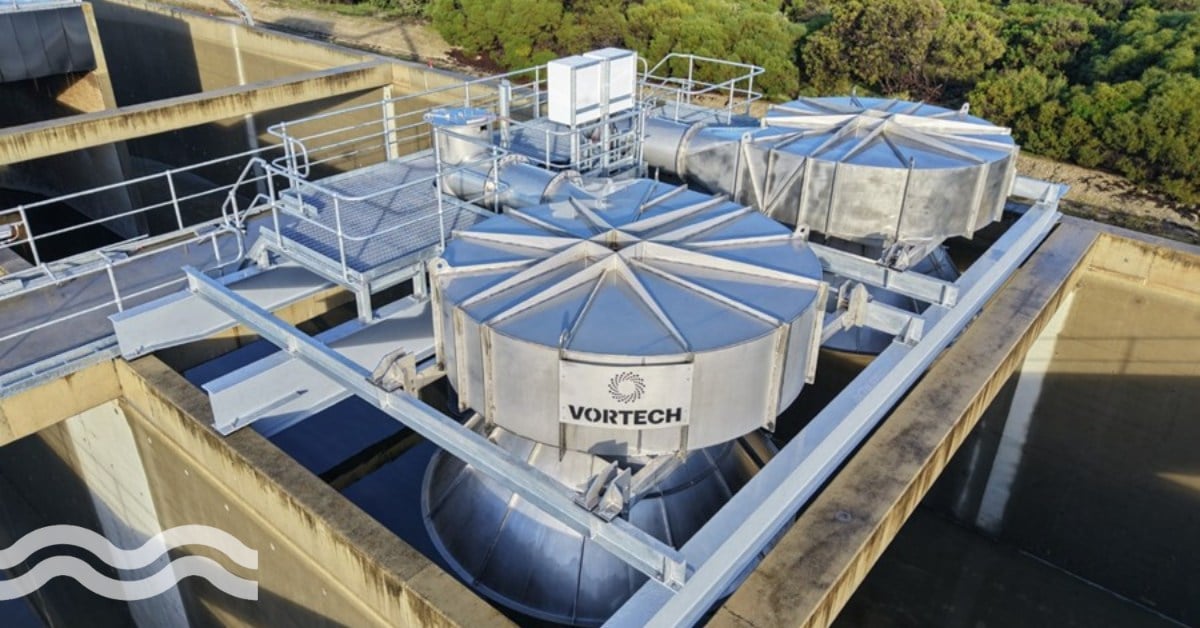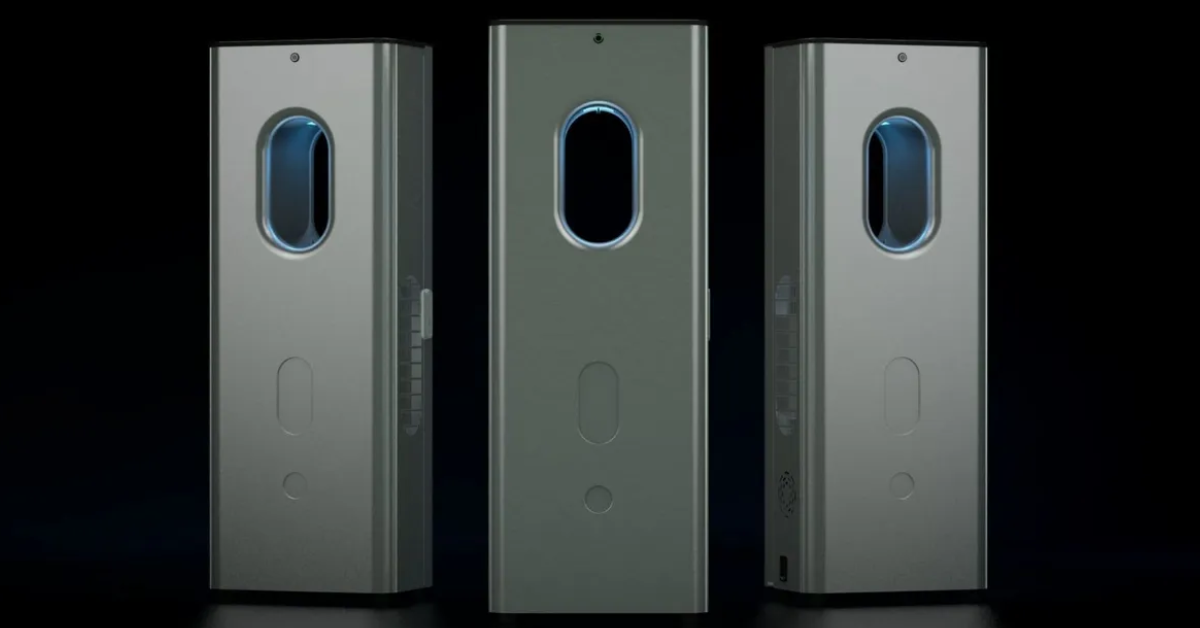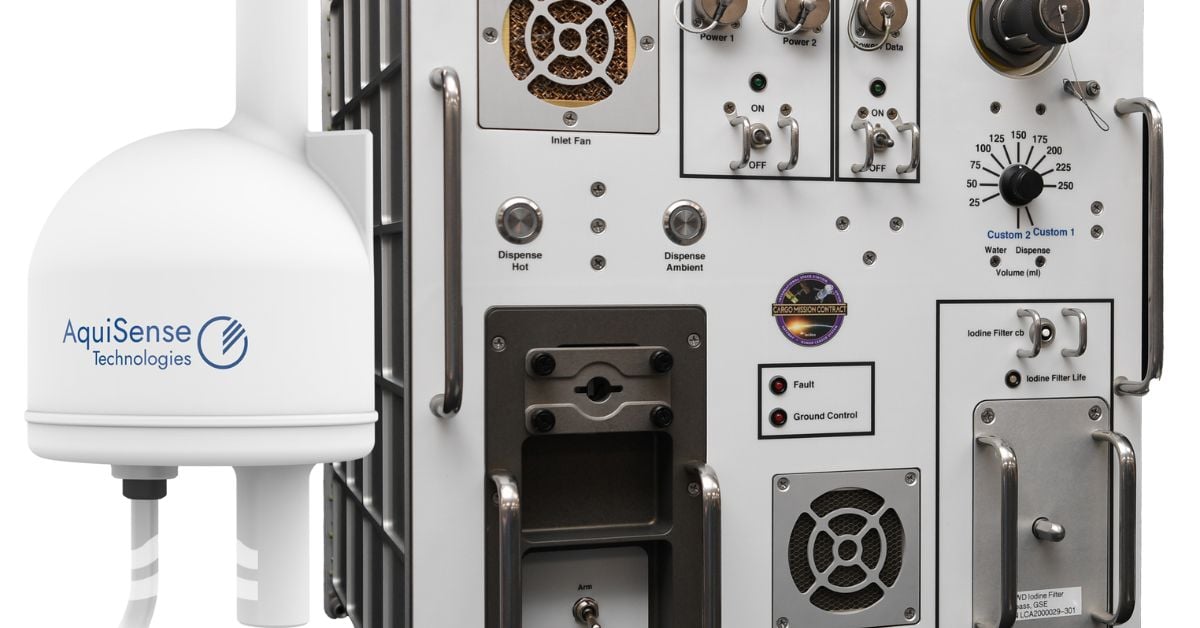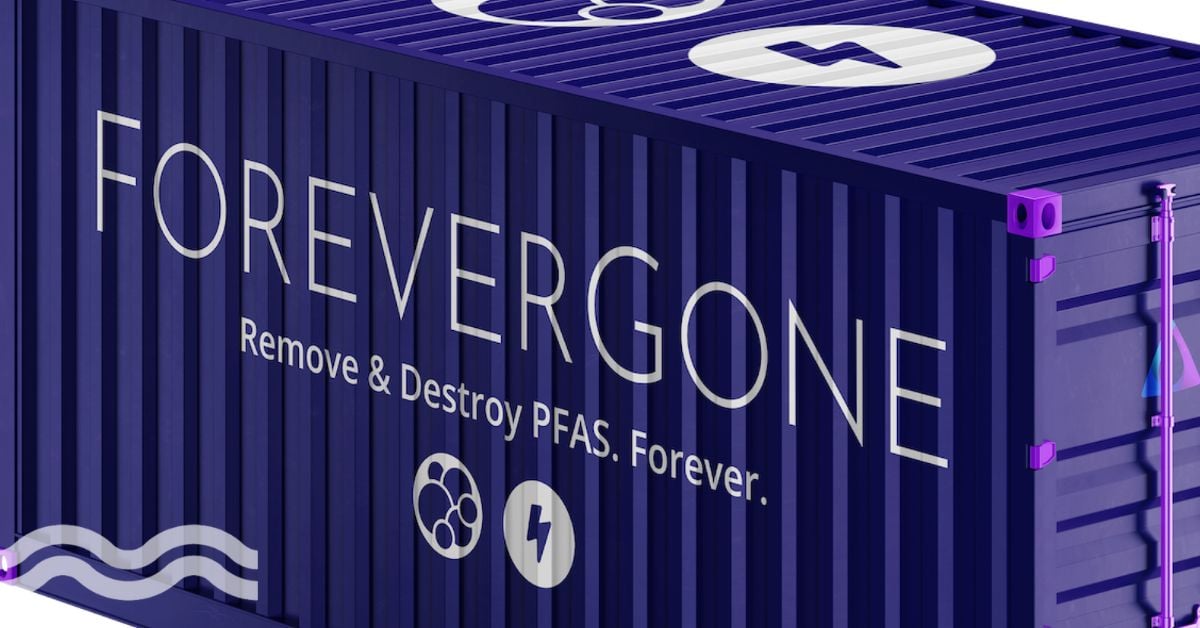Are we getting closer to making fatbergs a thing of the past?
Australian researchers have developed technology that could prevent fatbergs from forming in wastewater systems.
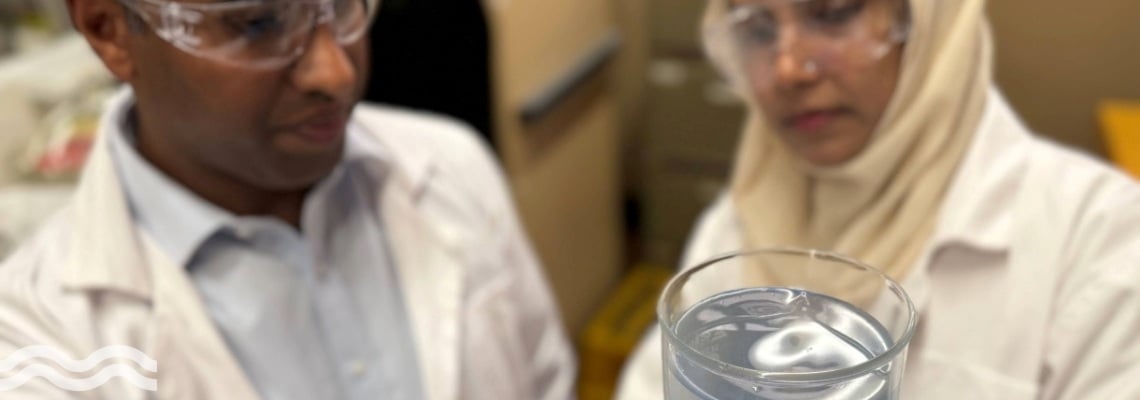
What are fatbergs?
Fatbergs are the name given to materials that cannot be dissolved in water that are flushed down toilets and sinks. These materials are sometimes referred to as FOGs, which stands for fat, oils and grease, but other troublesome materials include wet wipes and cotton buds, among other items. Once inside the sewer system, these materials stick together, forming a large mass that blocks the system.
The costs of removing and treating fatbergs
The annual cost of treating fatbergs runs into millions. Not only does it cost money to remove them from sewers and treatment systems, but it also takes time and resources. Blockages caused by fatbergs reduce flow and capacity in sewers, which can eventually lead to sewer overflows, which can cause environmental damage. They can also lead to structural damage.
In Western Australia, a fatberg weighing 30,000 kg was removed from a sewer in March 2025. It was removed from the Woodman Point wastewater treatment facility, located south of Perth, as part of WA Water Corporation’s regular maintenance work to keep the sewer pipes flowing.
Elsewhere in Australia, Yarra Valley Water in Melbourne spends €560,000 each year clearing an average of 1,200 blockages. One 15-metre-long fatberg took three weeks to remove in the early part of 2025, negatively affecting local homes and businesses.
Every water authority in the country is affected by fatbergs: In Victoria, Barwon Water pays €336,000 each year to clear fatbergs, while South East Water spends €431,000 tackling an average of 1,000 fatbergs each year.
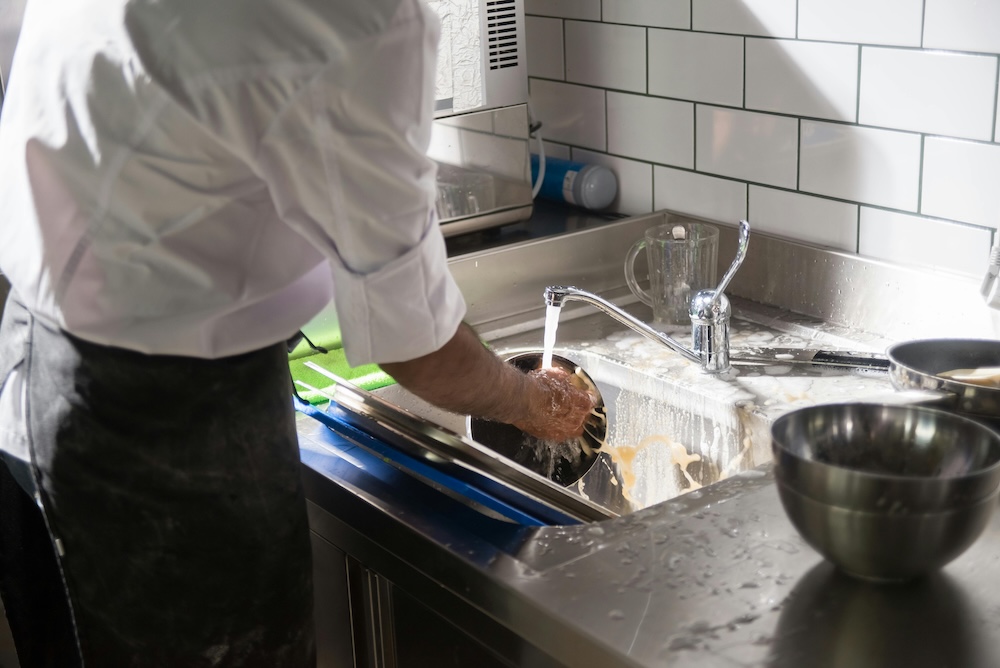
Researchers at RMIT develop a ‘grease interceptor’
Researchers at RMIT University’s Effective Technologies and Tools (WETT) Research Centre developed a system that prevents the main constituents of fatbergs, namely grease and oil, from entering the sewer system at source.
Senior lead researcher and WETT director, Biplob Pramanik, told the media: “This is a major step forward in preventing FOG from entering our sewers from the biggest contributors: commercial food establishments.”
Combining a redesigned grease interceptor with chemical treatment, the researchers state that the system has demonstrated fat removal rates in commercial kitchen wastewater more than double that of traditional grease interceptor systems.
Pramanik added: “Traditional grease traps aren’t designed to catch the finer particles and emulsified fats in modern kitchen wastewater. Our system targets all fat types, even hard-to-remove emulsified fats that slip through conventional traps.”
A scalable design with real-world success
A series of physical barriers (baffles), located inside a grease interceptor, slows the flow of wastewater while also separating larger fat particles from the rest of the mixture. Suspended fats are clumped together with the addition of a small amount of alum. This makes it easier to remove them.
According to the researchers, the technology can be scaled for different kitchen sizes and retrofitted to existing grease management systems. The system offers a cost-effective means of protecting infrastructure and reducing maintenance costs by preventing fat and grease blockages before they reach sewers.
Emeritus professor Felicity Roddick told the media: “Fat, oil and grease blockages can lead to sewage spills in our streets and waterways,” she said. “This research shows we can stop the problem at its source, with a simple upgrade to the systems food businesses already use.”
Lead author Dr Nilufa Sultana said the system worked effectively even in real-world conditions with high temperatures and detergent use.
Developing a solution to tackle fatbergs across the wastewater system
Pramanik is now leading a team of researchers in developing a suite of integrated solutions to tackle fatbergs across the wastewater system. One of the aims is to optimise fluid dynamics in the grease interceptor to enhance FOG removal without the need for additional chemicals.
The team is working with South East Water, Intelligent Water Networks, Water Research Australia, Barwon Region Water Corporation, Queensland Urban Utilities and the water technology company ACO on an ARC Linkage Project.
